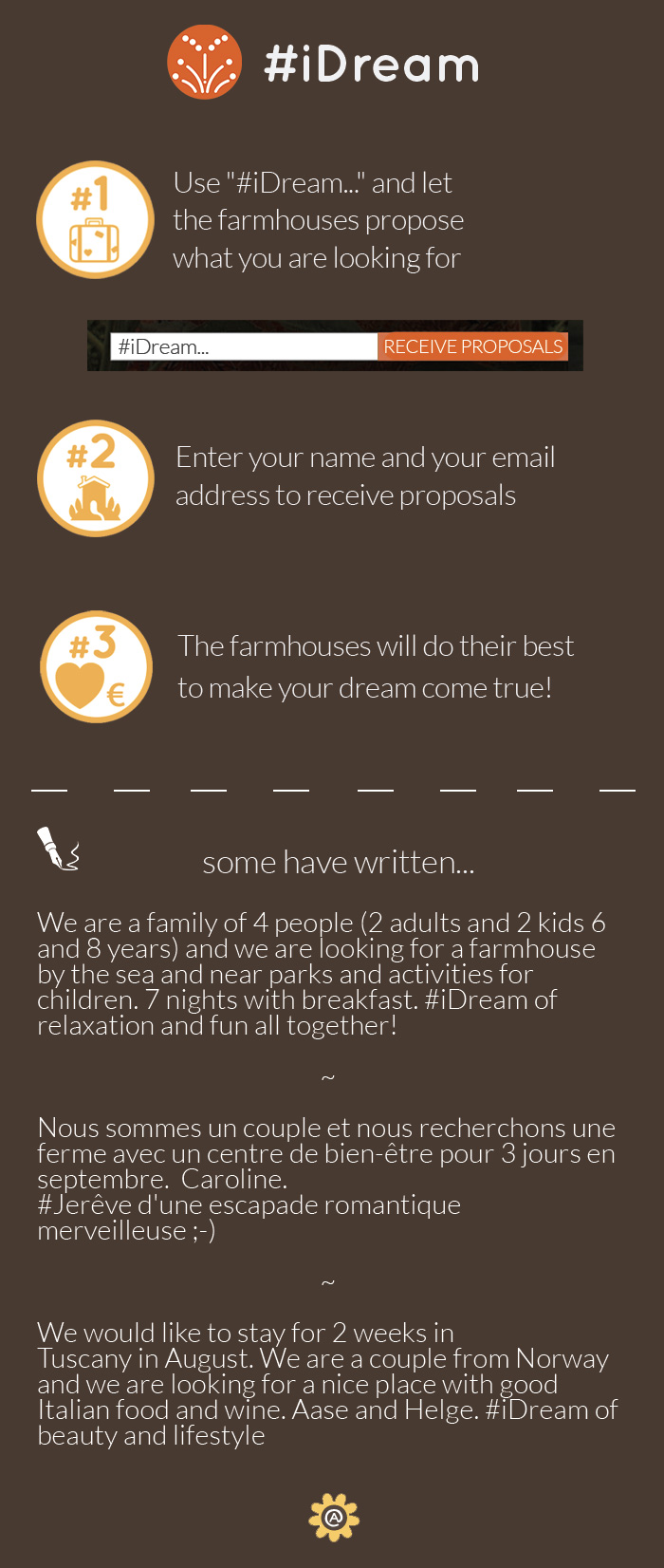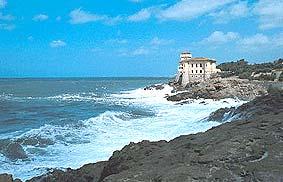


All the structures

Livorno is situated on the Tyrrhenian coast at the southern edge of the Arno alluvial plain and is an important commercial and industrial centre and port.
It was founded on a former auxiliary Pisan port between 1576 and the early 17th century, on the orders of the Grand Duke Cosimo I who made it Tuscany's main outlet to the sea after the Pisan port was filled in. Originally constructed to a pentagonal design and with a still visible orthogonal street system, the town grew in the 19th century; it suffered serious damage during the last War and now has a modern appearance.
Monuments: Fortezza Vecchia (16th century), church of S. Ferdinando (Baroque, early 19th century), Porto Mediceo, Duomo (16th century, reconstructed after the War), Monument to Ferdinando I, called the `4 Moors' (17th century). As well as a busy commercial port (one of the most important in Italy) and facilitated by good motorway (Genoa-Leghorn) and rail links.
Economy: Leghorn has a large industrial sector: shipyards, chemicals, petrochemicals (refineries), engineering and canning. There are considerable tourism centres around the seaside resorts of Ardenza, Antignano and Quercianella.
Famous People: Francesco Domenico Guerrazzi (writer and politician, 1804-1873), Dino Provenzal (writer, 1852-1922), Giovanni Fattori (artist, 1825-1908), Amedeo Modigliani (artist, 1884-1920), Pietro Mascagni (musician, 1864-1945), Dario Niccodemi (playwright, 1874-1934).
Cultural Institutions: Guerrazzi Library, Giovanni Fattori Civic Museum (modern paintings), Progressive Museum of Contemporary Art, State Archives, Goldoni Theatre, Town Aquarium, Centre of Marine Biology, Naval Academy.
In the Province: Piombino (iron and steel works), Rosignano Marittimo (chemical factories), Populonia (Etruscan museum and necropolis), Campiglia Marittima (environmental interest), Castiglioncello (seaside resort), Island of Elba.